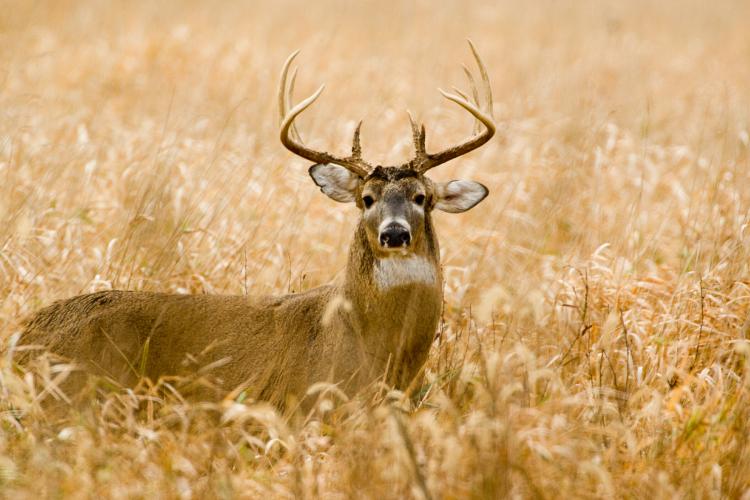
Xplor reconnects kids to nature and helps them find adventure in their own backyard. Free to residents of Missouri.


































Stay in Touch with MDC news, newsletters, events, and manage your subscription

Xplor reconnects kids to nature and helps them find adventure in their own backyard. Free to residents of Missouri.

A monthly publication about conservation in Missouri. Started in 1938, the printed magazine is free to residents of Missouri.


JEFFERSON CITY, Mo. – The Missouri Department of Conservation (MDC) reminds deer hunters throughout the state to properly dispose of carcasses from harvested deer to help prevent the spread of infectious diseases in deer, such as the always-fatal chronic wasting disease (CWD).
"Conservation makes Missouri a great place to hunt deer, and deer hunters are key to keeping it that way," says MDC Deer Biologist Jason Sumners. "Because many hunters process their own deer, they are key players in slowing the spread of diseases such as CWD. One way that disease can spread is by the transportation and improper disposal of carcass parts."
Deer can become infected with chronic wasting disease if they come into contact with other infected deer or with surface soil containing carcass parts from diseased deer. Deer carcass parts known to concentrate CWD include brain, spinal cord, eyes, spleen, and lymph nodes.
Chronic wasting disease was first found in Missouri in Macon and Linn counties several years ago. In response, MDC established a CWD Containment Zone covering Adair, Chariton, Linn, Macon, Randolph, and Sullivan counties. The disease remains limited to the local area.
"Hunters who harvest deer in these counties should not take whole deer carcasses out of the containment zone, or carcass parts that contain brain, spinal cord, eyes, spleen, or lymph nodes," Sumners adds, along with the following information.
Proper Carcass Disposal
Safe Parts to Transport
The Wildlife Code of Missouri requires hunters who harvest deer, elk, or moose out of state and bring the animal with the spinal column or head attached into Missouri to call toll free, 877-853-5665, and report the animal's entry within 24 hours. They also must take the carcass to a licensed meat processor or taxidermist within 72 hours of entry. This is designed to prevent introducing chronic wasting disease from othger states into new areas of Missouri. Hunters transporting deer through Missouri en route to other states do not need to call the number.
Donate Tissue Samples
Sumners also encourages hunters who harvest deer within the CWD Containment Zone of Adair, Chariton, Linn, Macon, Randolph, and Sullivan counties to donate tissue samples from their deer to the Conservation Department for its CWD monitoring program. Numerous deer-processing facilities and taxidermists in the area are participating in the effort.
Details about these measures are listed in the 2014 Fall Deer & Turkey Hunting Regulations and Information booklet, which is available at MDC offices and nature centers, where hunting permits are sold, and online at mdc.mo.gov/sites/default/files/resources/2010/03/ftd2014.pdf.